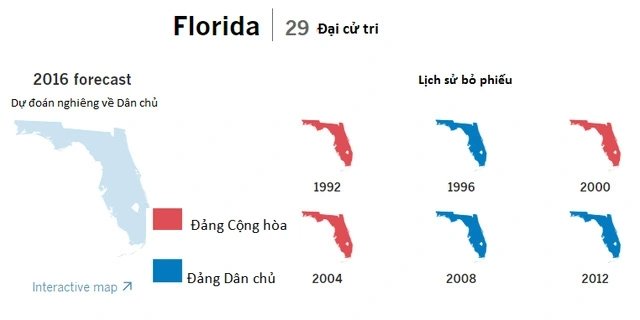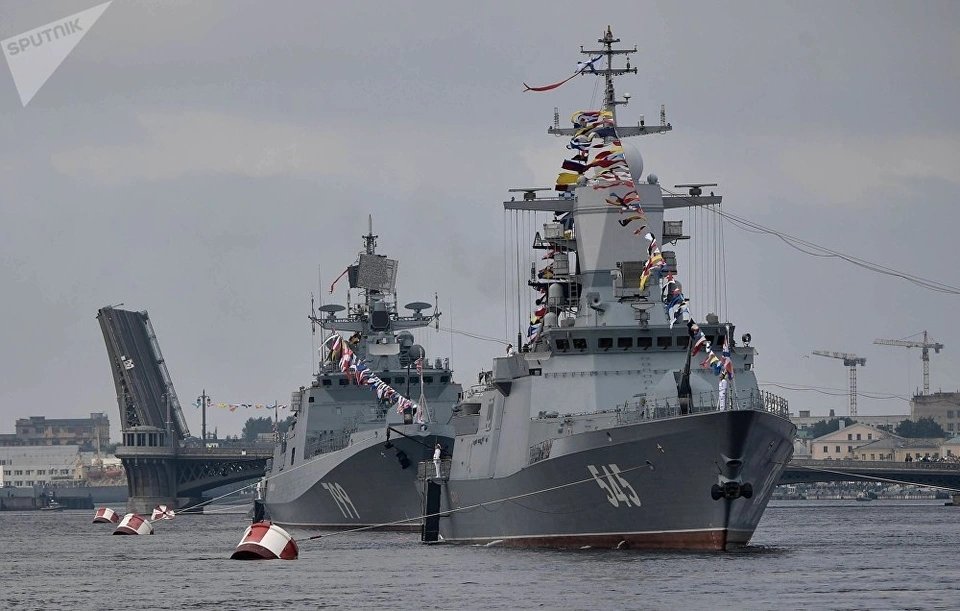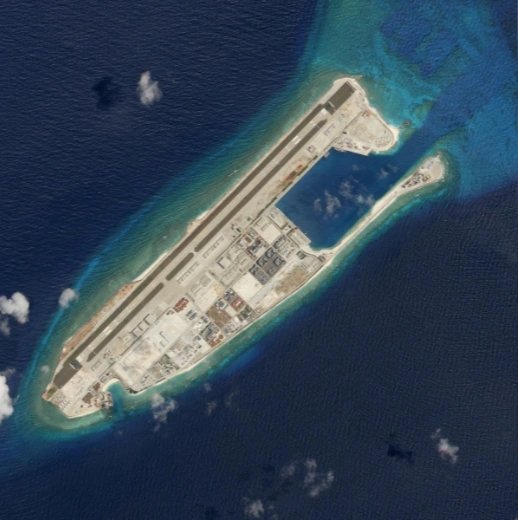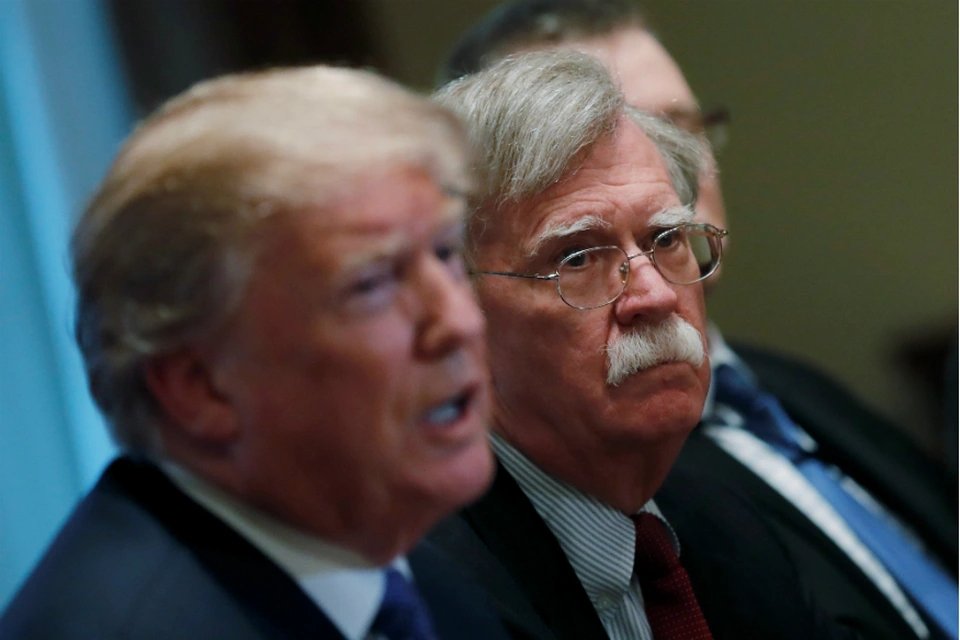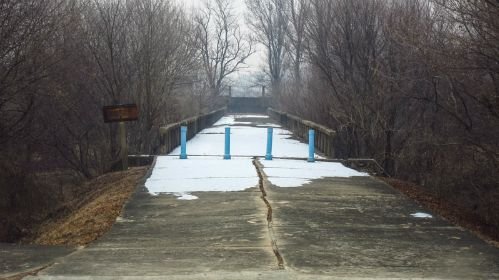
Bridge of No Return is located in the joint security area JSA (Joint Security Area), near the truce village of Panmunjom of South Korea and North Korea.
Unlike other bridges connecting the borders of two countries around the world, No Return is located right in the middle of the military boundary between the two Koreas.
The last time the bridge was used for prisoner exchange purposes was in 1968. Photo: Seoul Guide.
In 1953, many prisoners of war did not want to return home.
Because of this decision, many prisoners of war did not have the opportunity to see their families again.

The bridge you cross is impossible to return to at the Korea-North Korea border
Source: YouTube.
One of the most famous events involving this bridge that led to its closure was the Ax Murder – the murder of two American soldiers by North Korea.
On August 18, 1976, Captain Arthur G. Bonifas and Second Lieutenant Mark T. Barrett of the US Army were sent to the JSA Joint Security Area.
North Korean soldiers then surrounded and used axes to attack the two soldiers.
That image was recorded by many security cameras, because it took place right at JSA.

American soldiers cutting down poplar trees during Operation Paul Bunyan.
According to Huffington, the event was tense.
The US military sent 200 soldiers to cut down the tree believed to have been planted by Kim Il Sung.
The US side is also fully equipped with heavy weapons.
North Korea also had countermeasures at that time, but did not choose to intervene.
After this event, No Return Bridge closed permanently.
Today, visitors to the Demilitarized Zone in the village of Panmunjom will also see this famous No Return bridge.
Mr. Minh



